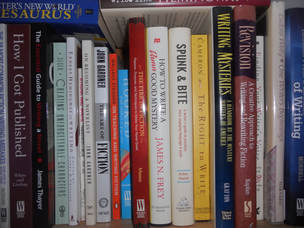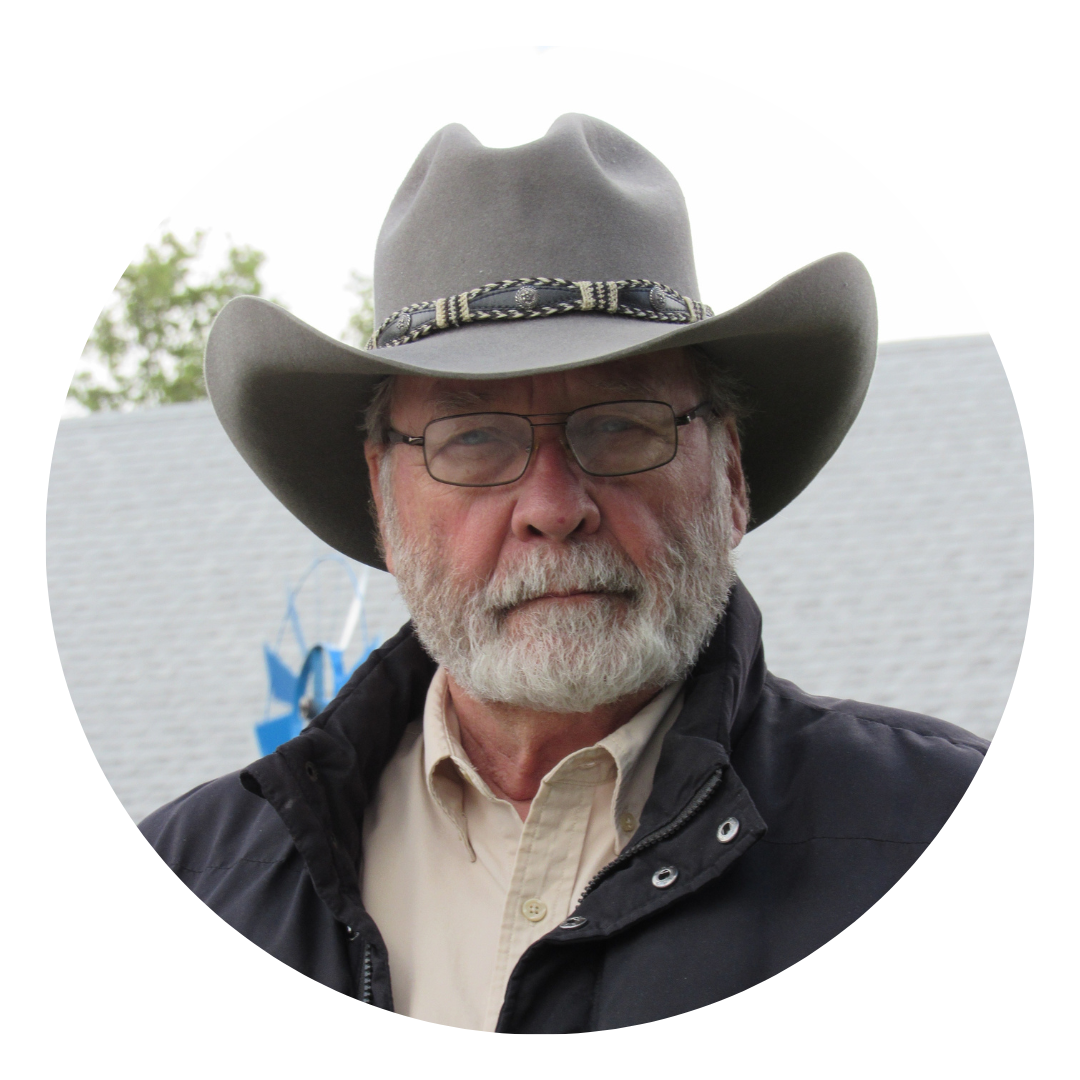 I hate long blogs, so I’ll summarize a few things. Having noted looking at excerpts from good books and reading how-to-write books, I’ll not stun you into a daze with a list of the other things I did. I read good books, kept a journal (I just wrote ideas and lists and thoughts; I’m not big into keeping diaries or writing long entries), wrote three short stories (which were not very good), and wrote practice pieces that were pretend first paragraphs to possible stories. I looked at other first paragraphs in the books in my bookshelf. I didn’t go to conferences or workshops, did not find a writing group, and didn’t have time to join the local college’s literature course. I didn’t hire a writing coach or other formal means of help. By February, I was pretty bored. Then I started having dreams. In The Lady in White, which is book seven of the Mogi Franklin Mystery Series, I introduced a ten year-old boy in 1870 who is kidnapped by Comanche Indians. He spends seven years becoming a fierce Comanche warrior. His father was like six foot five and the boy unexpectedly (to his captors, anyway) grew to be head and shoulders taller than any Comanche, ever. And his hair was bright red, due to his Irish ancestry. After seven years, the now famous Warrior surrenders to the Army at Fort Sill, Indian Territory (which later becomes Oklahoma), and is taken to a church school where previously kidnapped children wait to be claimed by their families. No one comes for him, since his parents are dead, and he eventually leaves to become a cowboy. He then begins a search for his little sister, who was six at the time that he was kidnapped, and was sent to relatives back in St. Louis. I dreamed repeatedly about the boy, and I dreamed about his family’s house. His father had built a monstrous Victorian-style mansion in the canyons of the Canadian River, in eastern New Mexico, that was abandoned after the boy was kidnapped. It still exists in the present time that Mogi and Jennifer’s adventure takes place. Remember that this is all fiction: I had made it all up. Even so, I could not get that boy and his house out of my mind, so I decided to write a story about the boy and the house, and it gradually turned into the rough draft of an adult novel. I intended – I really did – to make it a practice novel, one that I would rework until I was satisfied, get it polished, and then throw it away. But a very bad thing happened: I fell in love with that little boy and the more I wrote of the book, the more I became attached to it. No way was I going to throw it away. Subsequently, I “practiced” less while writing it. It took four months to produce a 110,000 word novel, which is three times the average size of my Mogi Franklin mysteries, and I was already thinking about getting measured for my tuxedo to wear to the Pulitzer Award ceremony. I believed the novel was great, and, to be truthful, it wasn’t the writing but the story that was unique and totally engaging. I thought that would get me through. I had promised myself that I would submit the manuscript (once again, as a learning experience) to a professional editor, so I started looking around. I admit that I did not know what an editor did, even though everybody said one was required in preparing a book for publication. My impression was that an editor would go through the manuscript of my story, correct grammar and spelling, take out all the adverbs, and change verb tenses if needed. It hardly seemed worth paying for; why not just find a friend who used to teach English and cut them a deal. This is what I learned. Editing a manuscript can be done at different levels, all of which are attributed to an “editor.” They can read the manuscript and tell you what they think; they can go through the manuscript, passage by passage, or scene by scene, and comment about it; they can go line-by-line and comment about it, or go line-by-line and scrub each line for grammar, spelling, correct verb usage, plus suggesting ways to make sentences, paragraphs, or passages better, more vital, more dynamic, shorter, longer, or whatever is needed; and along the way, they can more-or-less act as a writing coach, depending on who you get. Importantly, a professional editor can give you a context of what you wrote versus what other people have written. How does my book-to-be stack up against other fiction books? How does my writing compare to the average fiction writer? One thing they will refuse to tell you is whether it will be a blockbuster or not. There are way too many other factors in play to judge a book’s sellability. Professional editors are willing to serve the needs of the writer, but each level of what I described above is hard work, separate and totally appropriate. Professional editors are very skilled at what they do, and usually have a vast amount of experience doing it. They earn their money, but don’t expect that one pass will be enough. Most editors go through a manuscript multiple times, for different purposes, and charge the writer a certain amount each time, according to the level of editing requested. Like, how much? Two to four cents a word is common, per read-through. For 100,000 words, that’s $2000 to $4000. Not cheap. If they go through the manuscript more than once, the costs increase rapidly. I found a magazine article written by three writers and they, each, had spent $10,000 getting their books edited, proofread, covers designed, and published. Fortunately, I had subscribed to a writers’ magazine with classified ads in the back where free-lance editors advertise their services. The ads typically offer to edit the first chapter for free, and then estimate the cost to edit the whole manuscript, based on the total number of words and whether the first chapter had been easy or hard. I want to apologize now for editor-abuse, but they did offer. Free was hard to resist. I sent my first chapter to three editors and it was the best thing I did in my year of learning.
2 Comments
Deborah Buffington
1/18/2018 08:21:23 pm
Hmmm, I think I may need to raise my rates. What do you think? ha!!
Reply
Donald Willerton
1/18/2018 09:04:21 pm
It may have been cheaper four years ago, but then so was I.
Reply
Leave a Reply. |
AuthorDon Willerton has been a reader all his life and yearns to write words like the authors he has read. He's working hard at it and invites others to share their experiences. |

 RSS Feed
RSS Feed